In an interview with SIGMA CEO Kazuto Yamaki, more information about the anticipated full-frame Foveon X3 sensor has been revealed. According to Yamaki, this revolutionary sensor is in its final stage of development (stage 3) and should be ready by the end of this year (2022).
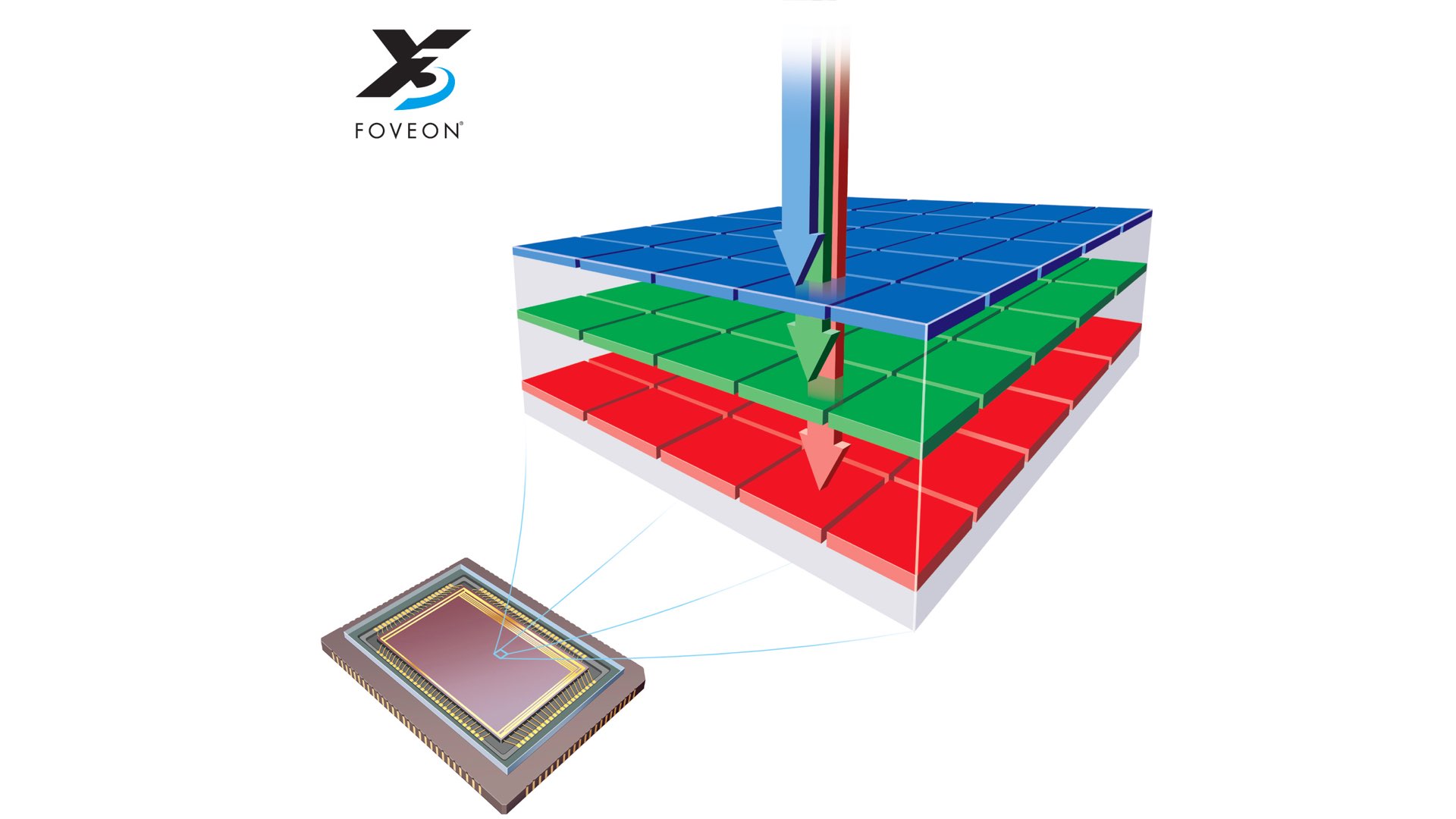
The ‘Foveon’ concept: Imitating film
Foveon technology presents a unique approach to image sensors design and concept. Foveon’s distinct sensor design captures red, green, and blue light at each point in an image during a single exposure. To achieve this, the sensor takes advantage of the natural light absorbing characteristics of silicon. Light of different wavelengths is absorbed in different depths in the silicon — blue photons are absorbed near the surface, green photons in the middle, and red photons are absorbed deeper into the material, just like film cameras capture light. The advantages of capturing all three colors with three pixels at each location on the sensor array come in the form of superior image quality and sharpness, as well as in the form of cost savings due to the ability to use less silicon area to achieve the required performance for a given imaging application.
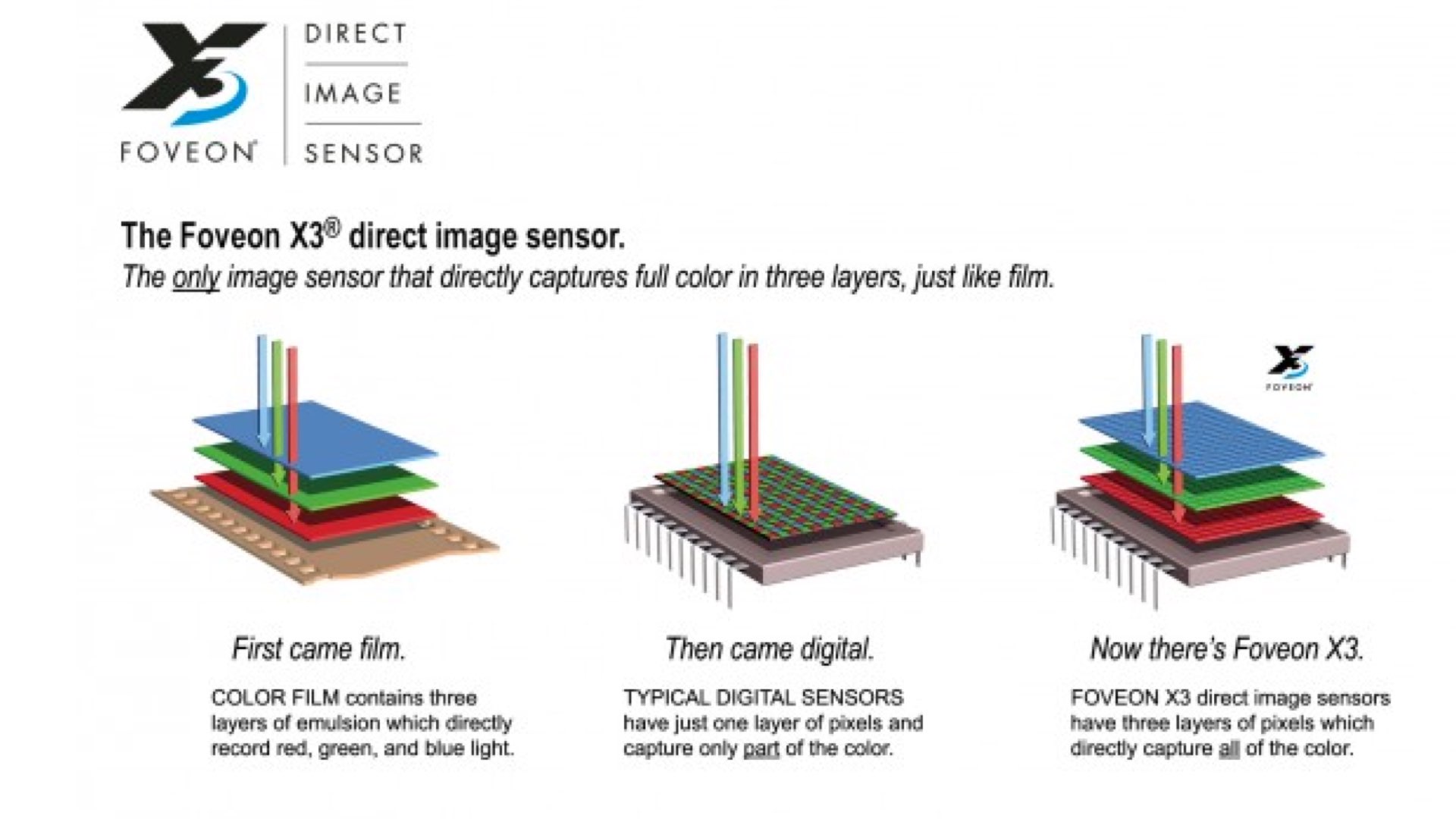
Main challenge: Manufacturing
X3 sensors make use of many of the same manufacturing techniques that traditional sensors use, however, the key differences relate to the implementation of color sensitivity. Traditional image sensors start as monochrome devices and are then converted to color sensing devices through a series of masking, deposition, and etching steps that involve the use of some type of organic or plastic color filter material. The exact number of steps varies from manufacturer to manufacturer, but in general, a minimum of 3-5 steps will be required to achieve a 3-color device (Reference: Richard M. Turner and Rudolph J. Guttosch. Development Challenges of a New Image Capture Technology: Foveon X3 Image Sensors).
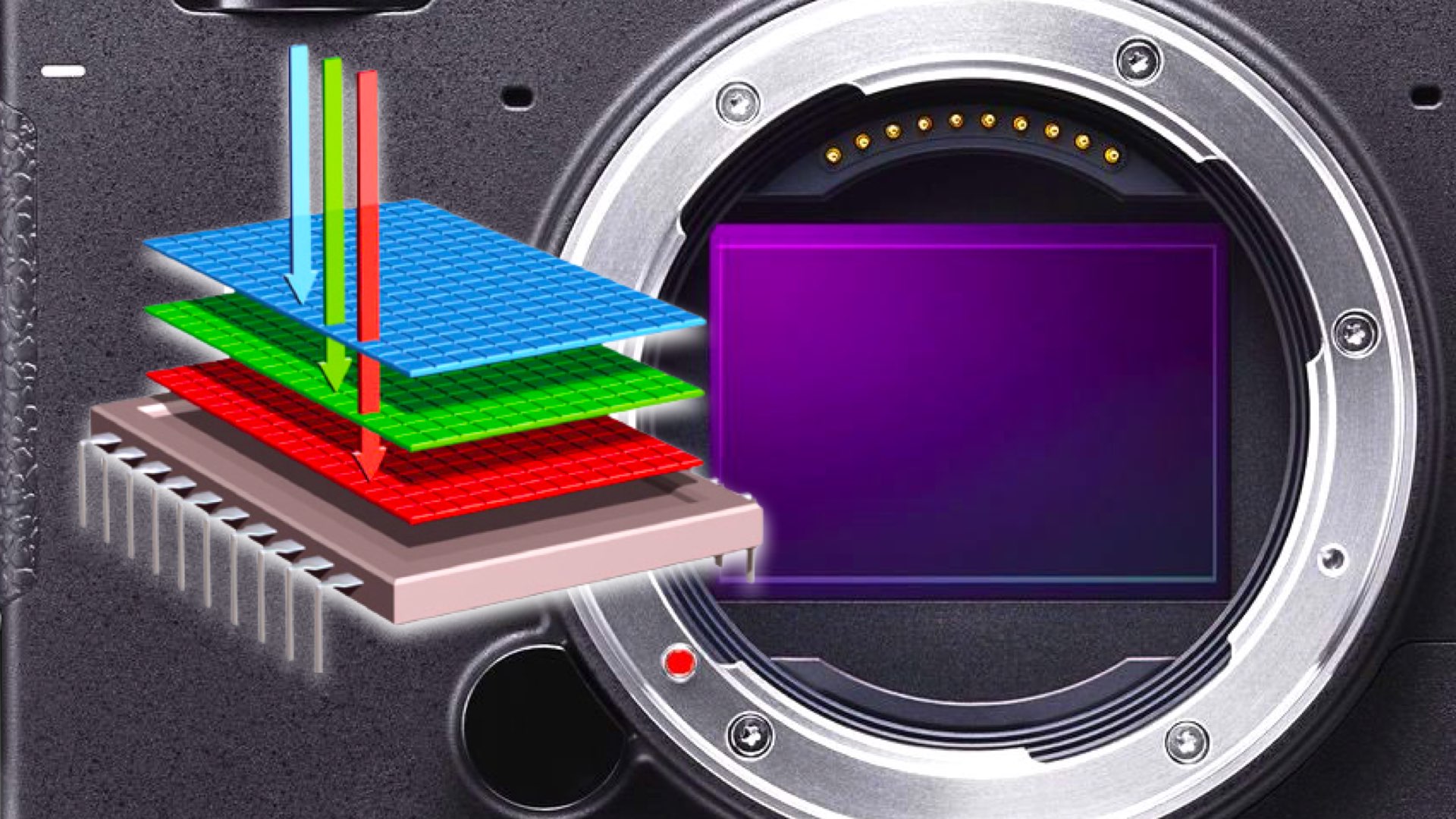
Development status of the three-layer image sensor
The muddles of the development process were declared before by SIGMA, as stated: “The development of the three-layer image sensor is currently underway with the strong leadership of SIGMA’s headquarters in collaboration with research institutes in Japan. The stages of development can be roughly divided into the following:
- Stage 1: Repeated design simulations of the new three-layer structure to confirm that it will function as intended.
- Stage 2: Prototype evaluation using a small image sensor with the same pixel size as the product specifications but with a reduced total pixel count to verify the performance characteristics of the image sensor in practice.
- Stage 3: Final prototype evaluation using a full-frame image sensor with the same specifications as the mass products including the AD converter etc. We believe that SIGMA has progressed to this stage, which means, testing the prototype in the field. Furthermore, Sigma elaborated that when proceeding to Stage 3, the company will verify the mass-producibility of the sensor with research institutes and manufacturing vendors based on the evaluation results, and then make a final decision on whether or not to mass-produce the image sensor.
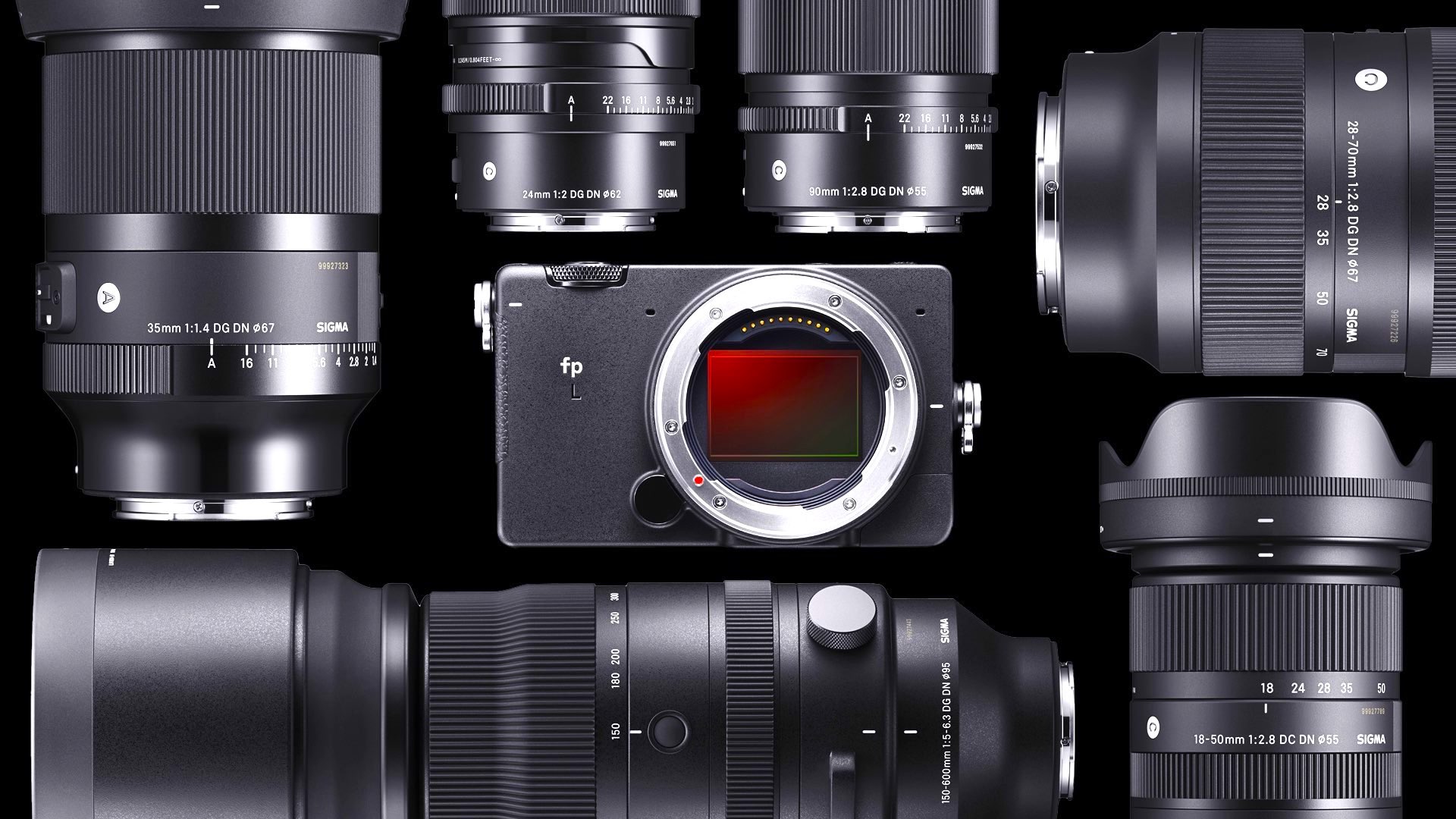
CEO update: FF Foveon X3 by the end of 2022
SIGMA CEO Kazuto Yamaki paid a visit to the New York office of SIGMA America and took a few moments to sit with us and discuss the company’s challenges and progress over the past few years, how is taking advantage of mirrorless technology, some of the bene ts of the fp and fp L cameras, progress in developing three-layer sensor technology. In regard to the FF Foveon X3 project, he stated: “Now we are working on the prototype of the 3-layer sensor. The sensor should be available sometime this year…There are some ‘cons’ like performance in low light, but if there is a good amount of light, that camera can create very beautiful and impressive photos”. Hence, the FF versions of the 3-layer sensor should be ready by the end of 2022. We can’t wait to see the footage. Watch the full interview down below:



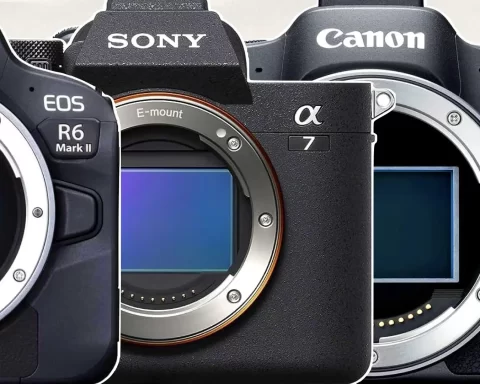

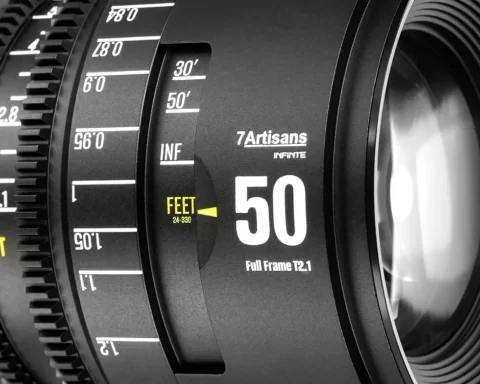
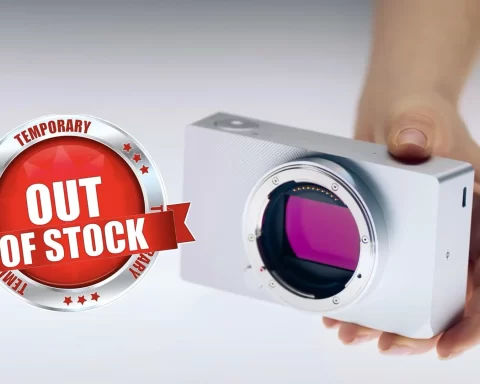


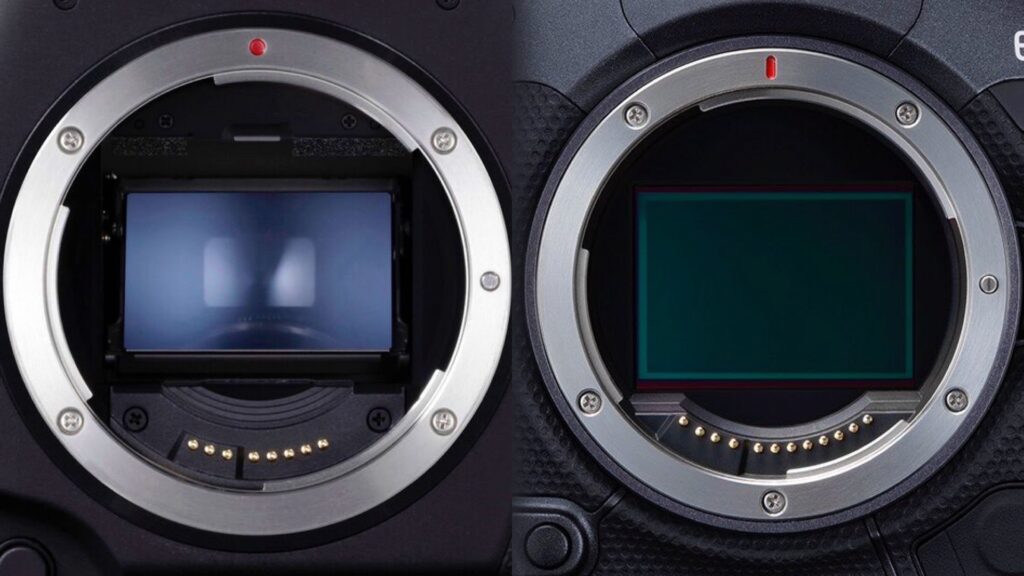
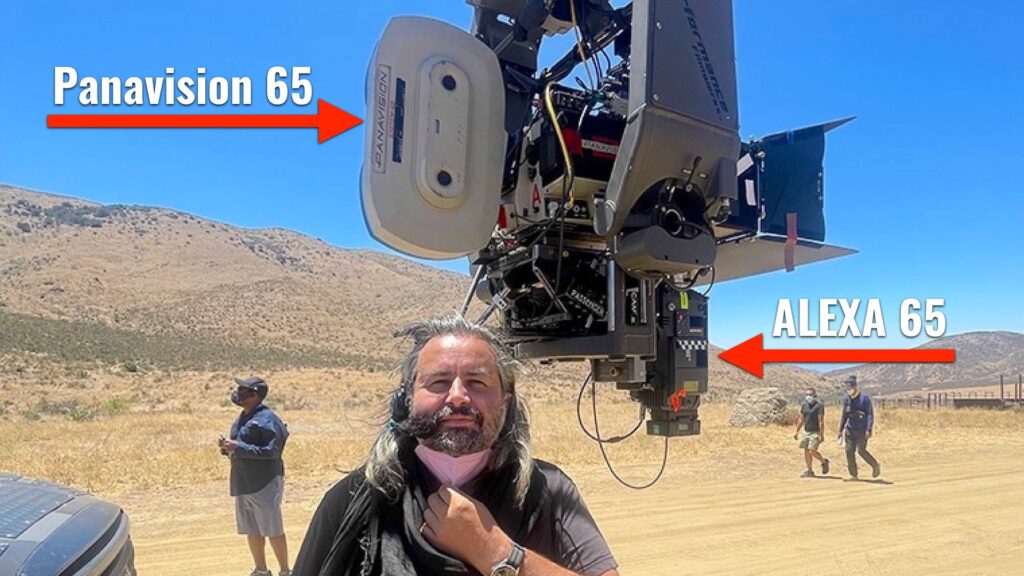
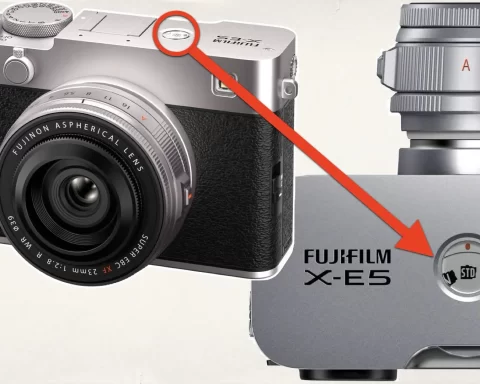
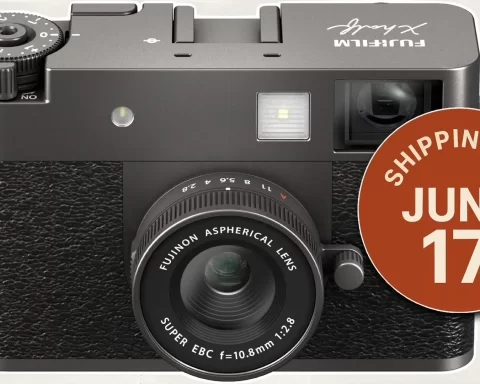
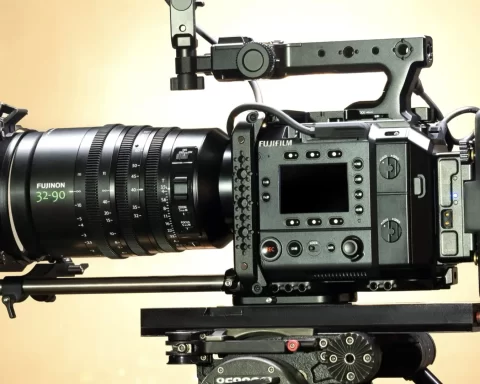
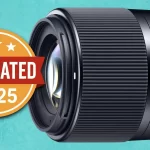

I would like to talk to Sigma. The Nelsonian(R) lens tech is best captured with regular sensors and Foveon may be less satisfactory for this, as I understand in present incarnations, it has poor noise above 1000 ISO? (www.infinity-usa.com).
Edmund Optics has now joined Infinity Photo-Optical in the NELSONIAN(R) ALLIANCE. We might try to work to standardize ISO range.
Foveon has poor noise above ISO 200 — BUT it is also spectacular at base ISO. What the existing Foveon cameras offer is essentially mid/large format resolution, clarity and sharpness at one tenth the price and in a light camera, but with the caveat that you cannot shot handheld in low light. For me (and many others) that is a perfectly fine trade off.
The mere fact that the 9 year old DP Merrils still outperform today’s Nikons and Canons tells you everything and I cant wait for their new Foveon iteration to finally drop!